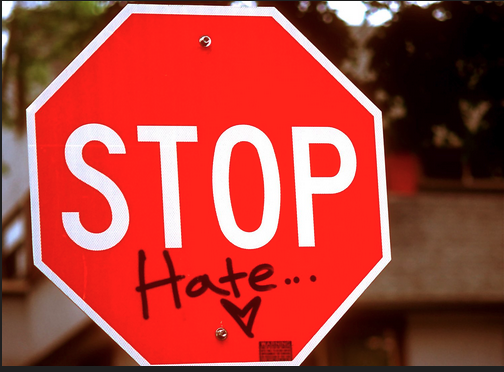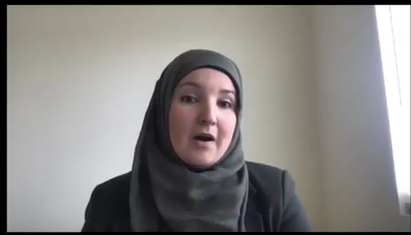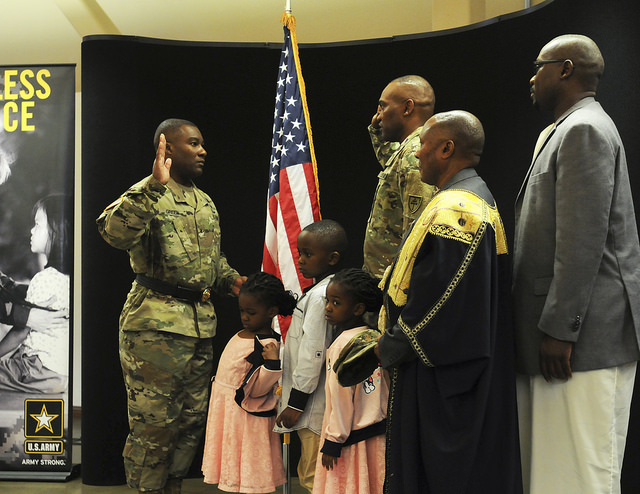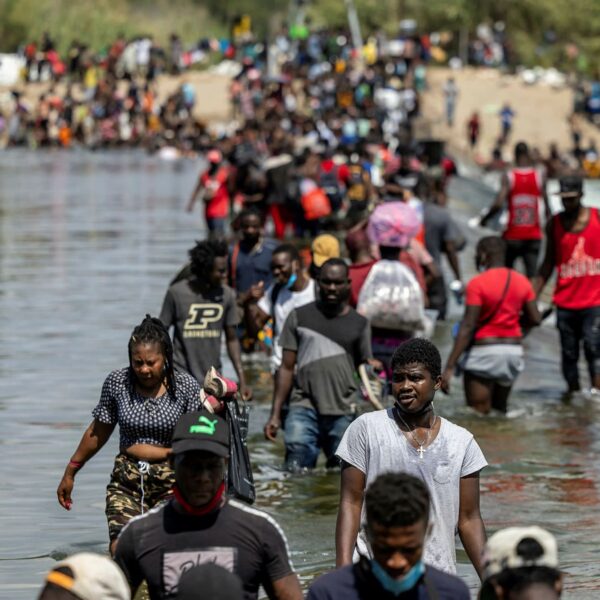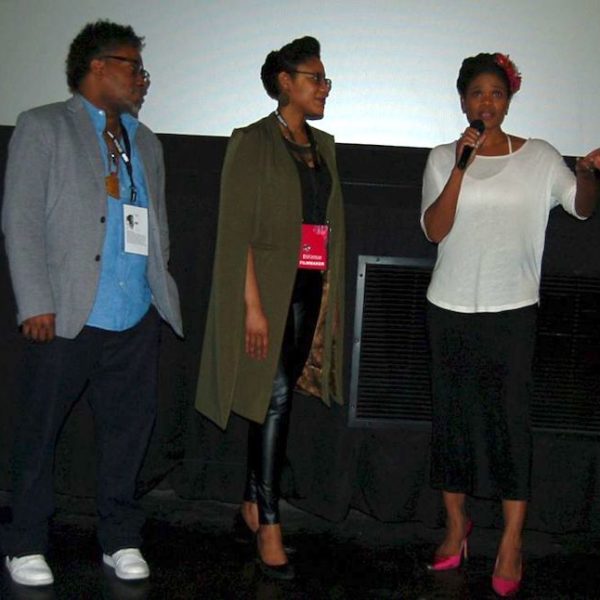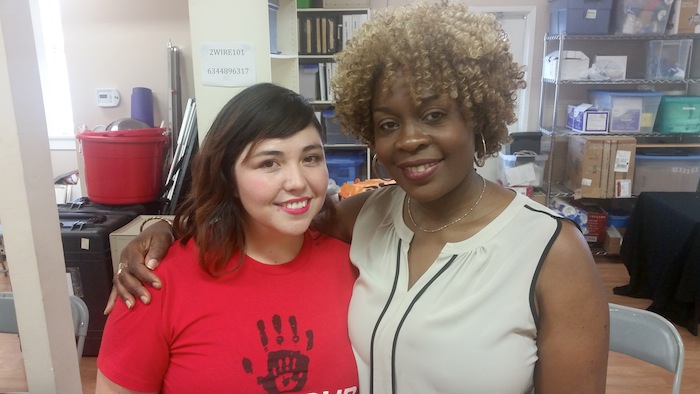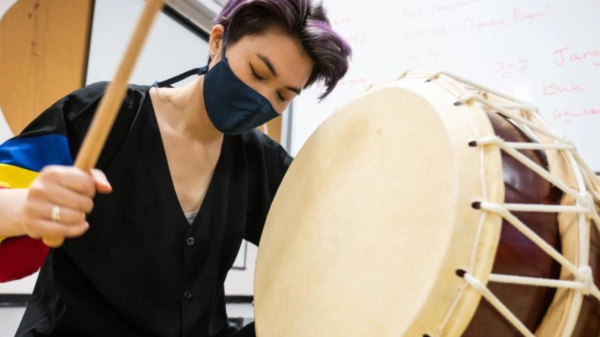Racial and ethnic hate — both interpersonal expressions of hate and acts of violence — is on the rise, along with deepening political polarization, distrust of civic institutions, and widening racial, ethnic and class divides. In California, the state legislature has just launched an initiative called “Stop the Hate” to support nonprofits and ethnic media working to address the issue. But what is hate, how do we measure it, when is hate a crime, and can we stop it, even heal it? In a briefing organized by Ethnic Media Services(EMS) speakers addressed these issues and provided suggestions on how to tackle such a dangerous trend.
Becky L Monroe, Deputy Director for Strategic Initiatives and External Affairs, California Civil Rights Department through slides demonstrated efforts made in combatting hate incidents and hate crimes and California’s approach to combatting hate. The CRD which is a civil rights agency she said, uses a comprehensive approach since hate does not happen in a vacuum, it can be at the place of employment, housing, etc and all civil rights must be protected.
She also explained the difference between the two according to California law, “At the outset, I want to state that whether or not a hate crime, it is a crime that devastates entire communities. The distinction between a crime and a hate crime comes down to the motive. A hate crime is a criminal act committed in whole or in part because of race, color, national origin, gender, gender identity, sexual orientation, religion, or disability. A crime is a criminal act, but may not be committed because of the protected characteristics of a victim.”
To protect communities the CRD is launching a marketing and outreach plan later this year as soon as the CA vs. Hate Resource Line and Network is up and running. One critical piece of this work is making sure the CRD is a resource to the local community organizations, churches, mosques, synagogues, temples, LGBTQ centers, etc. She explained the reason for this, “many people will still not feel safe to report to state government agencies, but if they report to these organizations, we want to make sure they can still get support and we can capture that information as well to accurately reflect the impact of hate”.
Professor Brian Levin, Director of the Center for the Study of Hate and Extremism, Cal State-San Bernadino shared a PowerPoint presentation that illustrates the statistics of hate crime reporting.
Latest Center for the Study of Hate & Extremism Report to the Nation: https://www.csusb.edu/sites/default/files/2022-08/Report%20To%20The%20Nation8-4-22.pdf
This is such important. research—see Stop AAPI hate assaults are about 2X ALL hate crimes against AAPI people that get reported to the FBI—meaning that even with the most serious crimes against AAPI most go underreporting—not to mention the non-criminal incidents that impact communities:
https://www.csusb.edu/sites/default/files/Almanac%2012%202019_0.pdf
Manjusha Kulkarni, Director and Co-founder of Stop AAPI Hate shared a slide about Understanding Hate against Asian Americans” Stop AAPI Hate”: https://stopaapihate.org/year-2-report/
Sharing again the 2-yr report: https://stopaapihate.org/year-2-report/
Anti-Chinese Rhetoric Employed by Perpetrators of Anti-Asian Hate:
2020 report on the impact of anti-Chinese rhetoric https://stopaapihate.org/anti-chinese-rhetoric-employed-by-perpetrators-of-anti-asian-hate/
Of 2,583 incidents reported to Stop AAPI Hate (between March 19 and August 5, 2020), 789 (30.5%) included mentions of anti–Chinese rhetoric. The types of language and terms employed by perpetrators could be categorized into five major themes:
- Virulent animosity
- Scapegoating of China
- Anti-immigrant nativism
- Racist characterizations of Chinese
- Racial slurs
Read the report in its entirety here: https://stopaapihate.org/wp-content/uploads/2021/04/Stop-AAPI-Hate-Report-Anti-China-201011.pdf
She broke down hate crimes vs incidents, “hate crimes must involve underlying crimes, such as the battery, sexual assault, homicide or vandalism. If there is no crime, there is no hate crime. Hate incidents, on the other hand, involve discrimination that is outlawed. Civil laws, not criminal laws, govern those acts and are used for financial penalties, to impose training, etc. against perpetrators who are individuals or companies”.
Sassana Yee, a Transformational justice activist for victims of hate crimes who lost her grandmother to a brutal attack in 2019 spoke about healing and how to survive hate. See the following links for resources:
- www.asiansbelong.com
- www.rememberyikoihuang.com
- www.unityroadtrip.org
- www.sasannayee.com
- www.communitiesasone.org
Lenice Najeb a participant at the briefing shared that the state of California, through the California Department of Social Services (CDSS), had funded 80 organizations throughout California over the next year through the Stop the Hate program, 24 of which are in Los Angeles County. The funded organizations are working on direct services for victims of hate, and prevention and intervention services to stem the overall tide of hate. For more information, feel free to reach out to Kiran Bhalla, at kbhalla@aapiequityalliance.org, and visit their websites at www.aapiequityalliance.org and www.stopaapihate.org .

